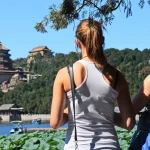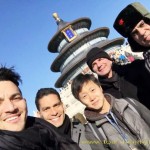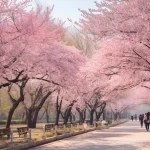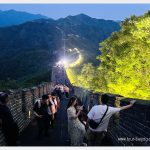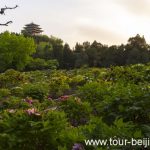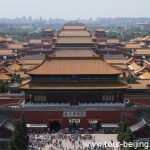8 Tips for Visiting Beijing in Smog
Beijing has been in the armageddon struggling with air pollution for years with a host of smog clearing programs on the way. But this doesn’t have immediate impact or completely eradicate smog overnight . Beijing’s smog is the result of multiple factors like vehicle emission, coal-powered industry, dust from construction sites, all contributes to the smog which is…
